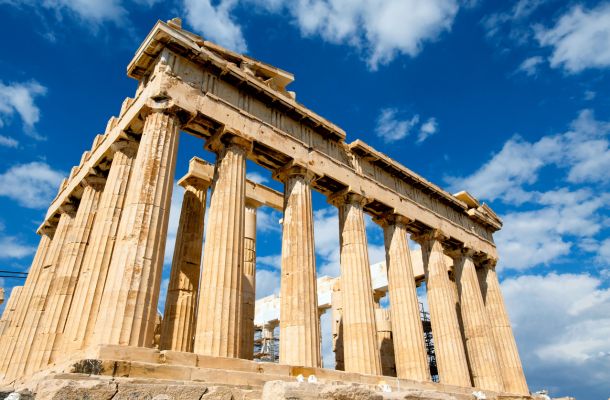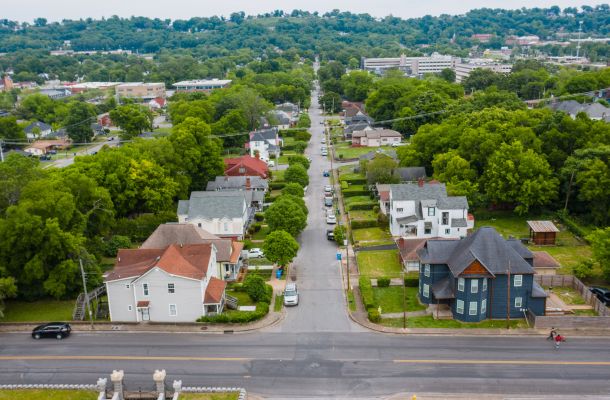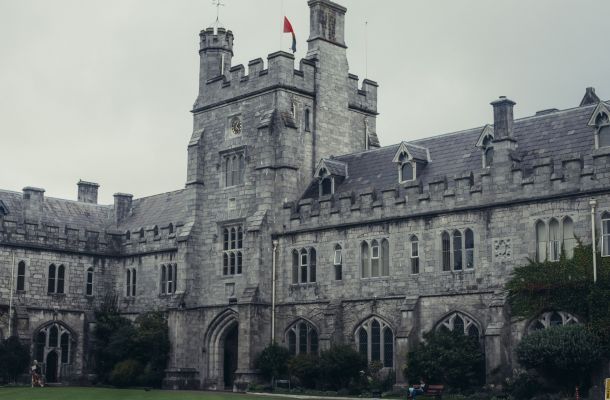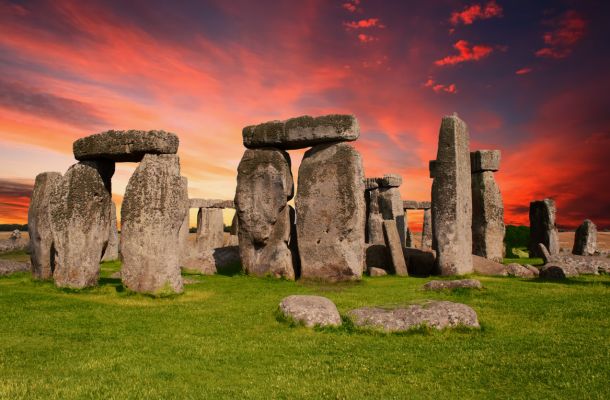Everything About West Palm Beach, Florida
History

West Palm Beach, founded in 1894, is one of the oldest municipalities in South Florida. The city was originally established by Henry Flagler as a community for the workers who were building his hotels on nearby Palm Beach. Initially, West Palm Beach was a segregated community, and it grew rapidly due to its proximity to the more affluent Palm Beach island. The city’s history is rich with periods of boom and bust, particularly during the Florida land boom of the 1920s and the subsequent Great Depression. The mid-20th century saw substantial growth as retirees and vacationers flocked to the area, transforming it into a vibrant urban center.
Geography

West Palm Beach is located on the east coast of Florida, bordering the Atlantic Ocean. The city is part of the Miami metropolitan area and sits approximately 68 miles north of Downtown Miami. West Palm Beach covers an area of about 58 square miles, with a mix of coastal, urban, and suburban landscapes. The Intracoastal Waterway separates the city from the island of Palm Beach, creating a unique blend of waterfront views and accessible beaches. The city’s layout includes a grid system in the downtown area, transitioning to more winding roads and suburban neighborhoods as you move away from the coast.
Geology

The geology of West Palm Beach is typical of coastal South Florida, characterized by limestone bedrock that lies beneath a relatively thin layer of sandy soil. This region was once part of a shallow marine environment, which accounts for the presence of fossilized coral and shells in the area. The city’s elevation is low, with most areas sitting just a few feet above sea level, making it susceptible to flooding, particularly during hurricanes. The Everglades, located just to the west of the city, influence the local geology, contributing to the area’s rich wetland ecosystems.
Neighborhoods

West Palm Beach is home to a diverse array of neighborhoods, each with its own unique character. The historic neighborhoods of El Cid and Flamingo Park are known for their Mediterranean Revival and Mission-style homes, dating back to the 1920s. Northwood Village offers an eclectic mix of art galleries, shops, and restaurants, making it a vibrant cultural hub. The downtown area, particularly Clematis Street, is the heart of the city’s nightlife and entertainment, while newer developments like CityPlace (now known as Rosemary Square) offer modern amenities with a blend of residential, commercial, and entertainment options. Other notable neighborhoods include Southland Park, Old Northwood, and Grandview Heights, each contributing to the city’s diverse cultural fabric.
Climate

West Palm Beach enjoys a tropical rainforest climate, with hot, humid summers and mild, dry winters. The city experiences abundant sunshine year-round, making it a popular destination for tourists and snowbirds alike. Average high temperatures range from the mid-70s in the winter to the high 80s and low 90s in the summer. The city receives most of its rainfall during the summer months, with occasional thunderstorms and the risk of hurricanes from June to November. The mild winter months are particularly appealing, with temperatures rarely dipping below 60°F, making outdoor activities enjoyable year-round.
Demographics

As of the latest census, West Palm Beach has a population of approximately 117,000 residents. The city is a melting pot of cultures, with a significant portion of the population identifying as Hispanic or Latino, African American, and Caribbean. The city’s diversity is reflected in its vibrant cultural scene, which includes a wide range of festivals, restaurants, and community events that celebrate the different heritages of its residents. The median age in West Palm Beach is around 39 years, and the city has a mix of both families and young professionals, as well as a growing retiree population.
Economy

The economy of West Palm Beach is diverse and robust, with key sectors including tourism, healthcare, retail, and professional services. The city’s downtown area has seen significant investment in recent years, leading to a boom in both commercial and residential real estate. The presence of major financial institutions and law firms in the city has also contributed to its economic growth. Tourism remains a cornerstone of the local economy, with attractions like the Norton Museum of Art, the Kravis Center for the Performing Arts, and the city’s beautiful beaches drawing visitors year-round. Additionally, the city’s proximity to major transport hubs, including Palm Beach International Airport, enhances its appeal as a business destination.
Culture

West Palm Beach is a cultural hub in South Florida, offering a wide range of activities and events that cater to both residents and visitors. The city is home to several important cultural institutions, including the Norton Museum of Art, which houses an impressive collection of American, European, and Chinese art. The Kravis Center for the Performing Arts hosts a variety of performances, including Broadway shows, concerts, and ballet. The city also boasts a vibrant music scene, with annual events like SunFest, Florida’s largest waterfront music and art festival. The art scene is complemented by the many galleries and public art installations found throughout the city, particularly in the Northwood Village and downtown areas.
Colleges and universities

West Palm Beach is home to several higher education institutions that contribute to the city’s intellectual and cultural landscape. Palm Beach Atlantic University, a private Christian university, offers a range of undergraduate and graduate programs and is located in the heart of downtown. Keiser University, with its main campus in West Palm Beach, provides career-focused education in fields like healthcare, business, and technology. Additionally, the city is within commuting distance of Florida Atlantic University in nearby Boca Raton, further expanding the educational opportunities for residents.
Media

The media landscape in West Palm Beach is diverse, with several major outlets serving the city and surrounding areas. The Palm Beach Post is the primary daily newspaper, providing comprehensive coverage of local news, politics, and events. The city is also served by various television stations, including affiliates of ABC, NBC, CBS, and FOX, which broadcast both local and national news. West Palm Beach is part of the Miami-Fort Lauderdale media market, one of the largest in the United States, ensuring that residents have access to a wide range of information and entertainment options. Additionally, the city is home to several radio stations that cater to different musical tastes and cultural communities.
Roadways

West Palm Beach is well-connected by a network of roadways that facilitate easy access to other parts of South Florida. Interstate 95 (I-95) runs north-south through the city, providing a direct route to Miami in the south and Jacksonville to the north. The Florida Turnpike is another major highway that passes west of the city, offering an alternative route for north-south travel. U.S. Route 1, also known as Dixie Highway, runs parallel to the coast and serves as a main thoroughfare for local traffic. The city’s downtown area is laid out in a grid pattern, making navigation straightforward, while newer developments in the western suburbs feature more winding roads. Public transportation options include the Tri-Rail commuter train, which connects West Palm Beach to Miami and Fort Lauderdale, and Palm Tran, the county’s bus service.
Major Landmarks

West Palm Beach is home to several notable landmarks that reflect its rich history and cultural significance. The Flagler Museum, located on nearby Palm Beach island, is a must-visit, offering insight into the life of Henry Flagler and the early development of South Florida. The Norton Museum of Art, with its extensive collection and contemporary exhibitions, is another cultural gem. Clematis Street and Rosemary Square are key landmarks in the downtown area, known for their vibrant atmosphere, shopping, dining, and entertainment options. The historic neighborhoods of El Cid and Flamingo Park are landmarks in their own right, showcasing the city’s architectural heritage. Additionally, the waterfront along the Intracoastal Waterway provides stunning views and serves as the backdrop for many of the city’s outdoor events and festivals.
Find us
Tuesday
Wednesday
Thursday
Friday
Saturday
Sunday
10 am – 10 am
10 am – 10 am
10 am – 10 am
10 am – 10 am
10 am – 10 am
10 am – 10 am








